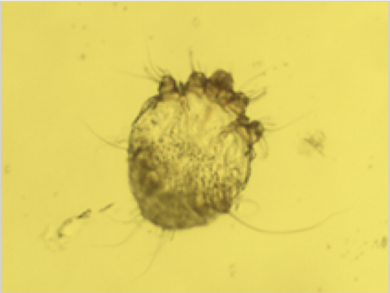The oxidative and antioxidative activities in the skin and serum of scabietic dogs were evaluated. Here 20 healthy and 5 scabietic dogs were used. Healthy dogs were categorized into Group A (control; 10 dogs) and Group B (10 dogs). Group B dogs were housed with the five scabietic dogs. Hydrogen peroxide (H2O2), glutathione peroxidase (GPX), glutathione-S-transferase (GST), superoxide dismutase (SOD), reduced glutathione (GSH), and total protein (TP) activities were weighed in the skin and serum of both healthy and scabietic dogs. The malonyldialdehyde (MDA) amount was measured in the skin, while the myeloperoxidase (MPO) amount was measured in the sera of both healthy and scabietic dogs. The increase and decrease in the free radical generation (H2O2) were noted with the use of serum and skin samples, while GPX and SOD amounts in the skin and serum were found to be significantly higher in scabietic dogs. The GST and GSH values were significantly higher in the skin sample, whereas the GSH amount was not altered in serum. The TP values decreased significantly in serum, but decreased insignificantly in the skin of infested dogs. The MDA (skin) and MPO (serum) amounts were elevated in scabietic dogs. The results showed that skin could be an alternative or complementary health care sample in the evaluations of oxidant and antioxidant balances and the prognosis and monitoring of scabies therapy.
Cite this article as: Nwufoh, O.C., Sadiq, N.A., Emikpe, B.O., Omobowale, T., 2020. Assessment of cutaneous and serum oxidative stress changes in dogs infested with Sarcoptes scabiei var. canis. Acta Vet Eurasia 46, 1-6.





.png)
